15 February 1778 Sunday
Vases, Candelabra, Grave Stones, Sarcophagi. Tripods, Lamps and Ancient Ornaments volume I
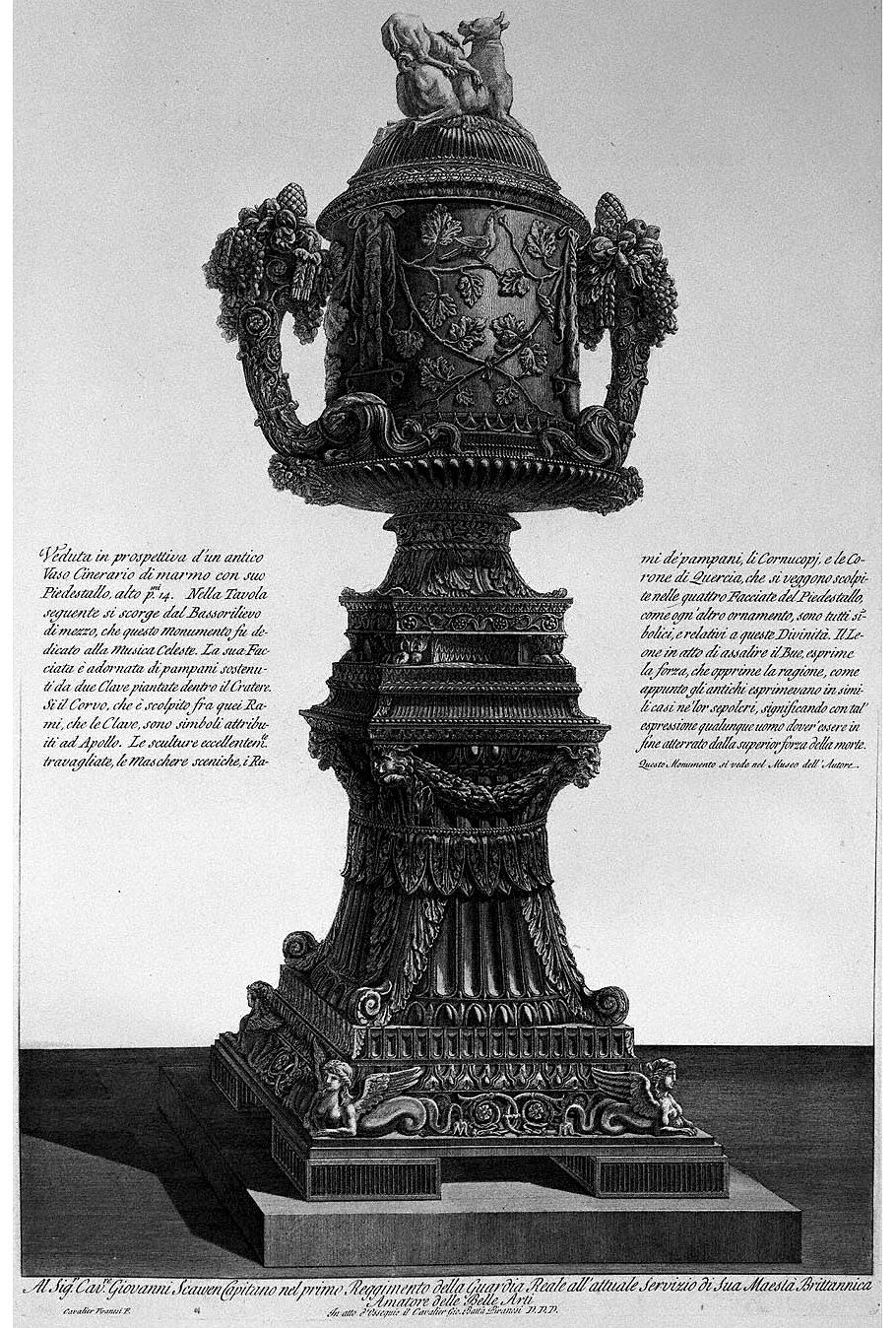
To Sir John Scawen Captain in the 1st Regiment of the Royal Guard in the present Service of His British Majesty Fine Arts Lover
In deed of respect the Knight Gio. Batt(ist)a Piranesi D. D. D.
Perspective view of an ancient marble cinerary vase with its pedestal, 14 cm high. From the middle bas-relief we can see from the following table that this monument was dedicated to celestial music. Its facade is adorned with pampanums supported by two clubs planted inside the crater. Yes the Crow, which is carved among those Branches, and the Clubs, are symbols attributed to Appolo. The excellently worked sculptures, the scenic Masks, the Rami de' pampani, the Cornucopi, and the Corone di Quercia, which can be seen carved in the four Facades of the Pedestal, like any other ornament, are all symbolic, and related to these Divinity. The Lion in the act of attacking the Ox expresses the force which oppresses reason, as precisely the ancients expressed in similar cases in their tombs, meaning with this expression any man who must in the end be knocked down by the superior force of death. This Monument can be seen in the Author's Museum.
Cavalier Piranesi F.
15 February 1798
After the occupation of part of the territory of the Papal States by General French Louis-Alexandre Berthier and the proclamation of the Roman Republic on February 15, 1798, Francesco Piranesi, embraced the Jacobin ideals, was appointed first director of the police of FranÁois de Miollis and, subsequently, commissioner for the administration of finances of the Roman Republic, a position for which he had to deal with economics and problems related to agriculture.
15 February 1812 Saturday
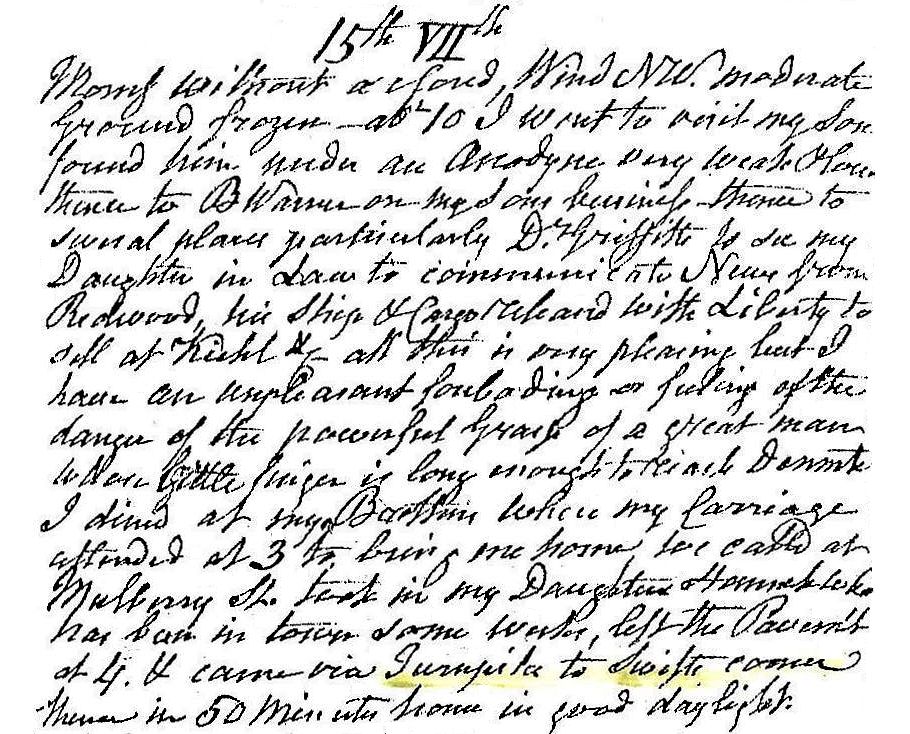
Morning without a cloud, wind NW moderate, ground frozen.
About 10 I went to visit my son, found him under an anodyne, very weak and low. Thence to B. Warner's on my son's business. Thence to several places particularly Dr. Griffiths to see my daughter-in-law to communicate news from Redwood, his ship and cargo released with liberty to sell at Kiehl etc. All this is very pleasing, but I have an unpleasant foreboding or feeling of the danger of the powerful grasp[?] of a great man whose[?] little finger is long enough to reach Denmark. I dined at my brother's where my carriage attended at 3 to bring me home. We called at Mulberry Street, took in my daughter Hannah who has been in town some weeks. Left the pavement[?] at 4 and came via turnpike to Swift's Corner. Thence in 50 minutes home in good daylight.
15 February 1998
Gaius Flaminius
...researched Gaius Flaminius because Piranesi's inversion of the Circus Flaminius within the Ichnographia. It turns out that Flaminius did go against the grain of the Senate and was of plebeian background. Sue Dixon also mentioned that Piranesi uses Flaminius as a point of subdivision in his Il Campo Marzio text of the districts history, (Piranesi actually thinks highly of Flaminius and his circus), and she (Sue) noted how the via Flaminia is not correctly delineated within the Ichnographia--the circus and the road were built by the same man. Perhaps Piranesi chose to delineate both these entities incorrectly to accentuate that Flaminius, in going against the grain, began a new effect on the land use of the Campo Marzio--thus showing the circus rotated 90 degrees in order to make it stand out. As for the Via Flaminia, there is no immediate explanation as to why it meanders off into a totally wrong direction, but it is worth noting the many plebeian homes that Piranesi situates along the street; this may be a reference to Flaminius' own plebeian background.
There is also the area called Prata Flaminia (within which the Porticus Philippi is situated) and I'm not sure if Flaminius also donated this land to the city/citizens.
The City of God - inverse Ichnographia
...The City of God, a connection between it and the Ichnographia. Sue Dixon mentioned a specific quotation where there is even a grammatical inversion used to describe the two natures of the city (the earthly vs. the spiritual). ...hopefully demonstrate how the Ichnographia represents both "urban" paradigms; the Ichnographia is a plan of earthly Rome and it is also an opposite/inverse plan of spiritual Rome. Piranesi was trying to deliver both messages, meaning he was aware of the two "urban" paradigms and thus used the "planning" of the Campo Marzio to express both.
...the time-frame of the Arch of Theodosius (the end of the Roman Campo Marzio), the Visigoth siege on Rome, and the subsequent writing of The City of God--these events occurred within a 40 year time-span. Piranesi was trying to depict, delineate, reconstruct, reenact the inversion from Imperial Rome to the spiritual Rome of the Church. Along with this line of thought there is also the not-so-smooth conversion of Rome from a pagan state to a Christian state.
how to write the book on redrawing the Ichnographia
...it to be both easy and all encompassing. Do it all in note/aphorism form; not attempt to construct a few cohesive chapters because that would be too difficult to include everything. Somehow continue Piranesi's own theme of fragments, and there are many, many fragments. My head is full of racing thoughts because suddenly every idea I ever had about the Ichnographia and the Campo Marzio is suddenly an independent topic, and the range of topics is also open to all kinds of themes, such as personal thoughts, contiguous elements, the triumphal way, research, ancient texts, CAD, criticism of contemporary texts, and on and on.
continual mistakes and reversals
After seeing how the figure captions are inverted with regard to the Ichnographia and the Nolli Plan in the Peter Eisenman section of Autonomy and Ideology, it reminded me of the other mistaken inversions that I have found in other texts on the Ichnographia. For example, the east/west and other mistakes (Equirria and Antoninus Pius) of Fasolo, the mis-characterization in the Ichnographia-Jerusalem essay, the mention of inversion in the Allen essay, and my own mistake about the direction of the Triumphal Way. I find these mistakes to be uncanny, as if the Ichnographia had the power to confuse anyone who studied it, and here I can quote Kreiger: "Rome's Campus Martius suggests an impossible tension among competing parts, perhaps even anarchy. The engraving itself seems to pulsate and change patterns as one studies it."
The strange thing is that Piranesi seems to make the same kind of (archeological) mistakes, and it makes me again wonder about the power or aura of the plan itself: is it a confusing plan that by its own elements of confusion somehow manages to manifest more confusion? (For some reason, I just thought of the Domitian Naumachia which Piranesi delineates as a spiral--is this a confusing structure or what?)
"Mistakes and Inversions - A Prefatory Review"
...an essay/article on "mistakes and inversion" with regard to the Ichnographia. Like the title suggests, it will be both a preface to further texts on the Ichnographia as well as a review of the literature on the Ichnographia from the last half century.
The theme of mistakes and inversions has come to the fore, ...allows me to state my own case in a succinct and introductory fashion.
...list the texts under review and then begin with the mistakes of Fasolo (which are abundant) concentrating specifically on those that by their nature are mistakes of inversion. ...end this with the illustration captions from Autonomy and Ideology. I will then move on to my own mistake (unless I find more mistakes in the other texts).
...may begin the essay with Piranesi's own quotes/text regarding the accusations of the Ichnographia being a pure fantasy.
...finish up with mention of the Krieger mistakes and his quotation regarding the Ichnographia's visual perplexity.
The second group of mistakes/inversions will begin with the quotation from Allen concerning Piranesi's own view of the Campo Marzio as ultimately an inversion of Rome itself, rather than being an appendage to the city proper, it is actually the other way around. I will give Allen credit for latching onto the inversion theme, but I will also have to dispute his overall reliance on Tafuri's ideas on the Ichnographia. At this point I can bring up all my various disputes with Tafuri's ideas which I can now clearly demonstrate to be incorrect or just plain wrong. For example, I can begin with Tafuri's statement that the city "remains an unknown." I can easily dispute this with calling attention to the axes of life and death, and then comparing these axes to the ones that Tafuri (incorrectly) labels as the main axes of the Campo Marzio. Taking the dispute further, I will address the notion of archeological mask and how again this is not correct because overall Piranesi's "archeology" is relatively sound. At this point I can bring Bloomer into the picture and how she more than anyone else seems victim to the notion of mask.
To close this segment ...Rossi and the Cemetery of Modena and hence lift the "mask" once and for all (because the cemetery is also a reŽnactment).
The third point (perhaps final) will be to address Piranesi's own mistakes and inversions, particularly the inversion of the Circus Flaminius (which I now know to be also exchanged in location with the theater of Balba, which further shows Piranesi's intentional "mistakes" to make a specific point). I will make the point that Piranesi makes the mistakes, first to call attention to specific points, and second to highlight the notion of inversion. Piranesi is indeed being theatrical, which is only natural because of the whole notion of reŽnactment. I will at this point discuss the Ichnographia's Triumphal Way and how Piranesi redesigns (reŽnacts) the Way making it more ideal to its purpose (marching through the theater district). This will be a condensed version of the full Triumphal Way story. I will show how it (on the Ichnographia at least) ends at the Temple of Janus--a perfect example of inversion--and then demonstrate how following the Triumphal Way in reverse manifests the Christian theme of salvation and redemption, ending at the inverted "basilica"--the upside-down "inverted" crucifixion of St. Peter. At this point I can proclaim that the Ichnographia not only represents the history of ancient pagan city of Rome, but also the Christian city of Rome. This brings in Augustine's The City of God and also Bloomer's notion of the Ichnographia transcending time.
I can conclude with the Scenographia as the stage upon which Piranesi reŽnacts--this is the first scene and the "play" is about to begin. In the course of the "play" the most eggregious "mistake/inversion" is the misplacement and disorientation of the Circus Flaminius and its actual exchange with the Theater of Balba. This "mistake" manifests a composition of inverted theaters--essentially a double inverted theater. This configuration becomes one of the Campo Marzio's final scenes and thus represents the double inverted "theater" of Rome's own history--the narrative of pagan Rome and the narrative of Christian Rome, and in the Ichnographia the one story is indeed a reflection of the other.
15 February 2021
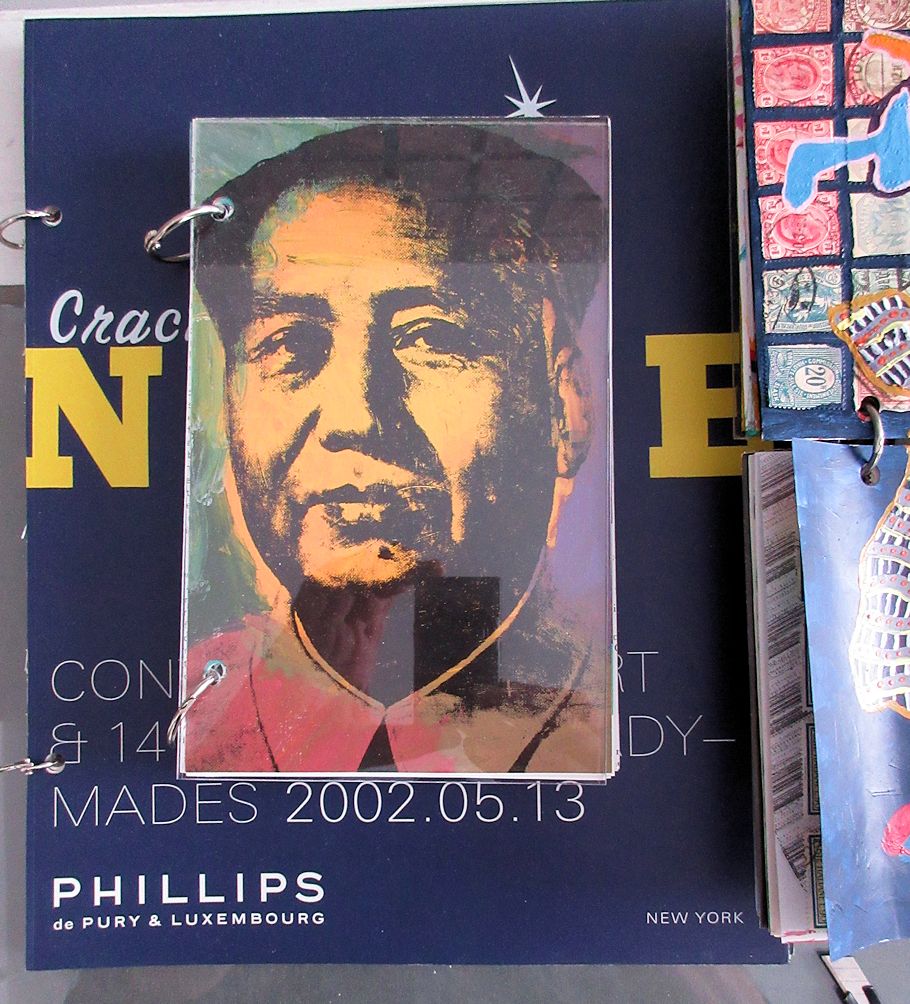
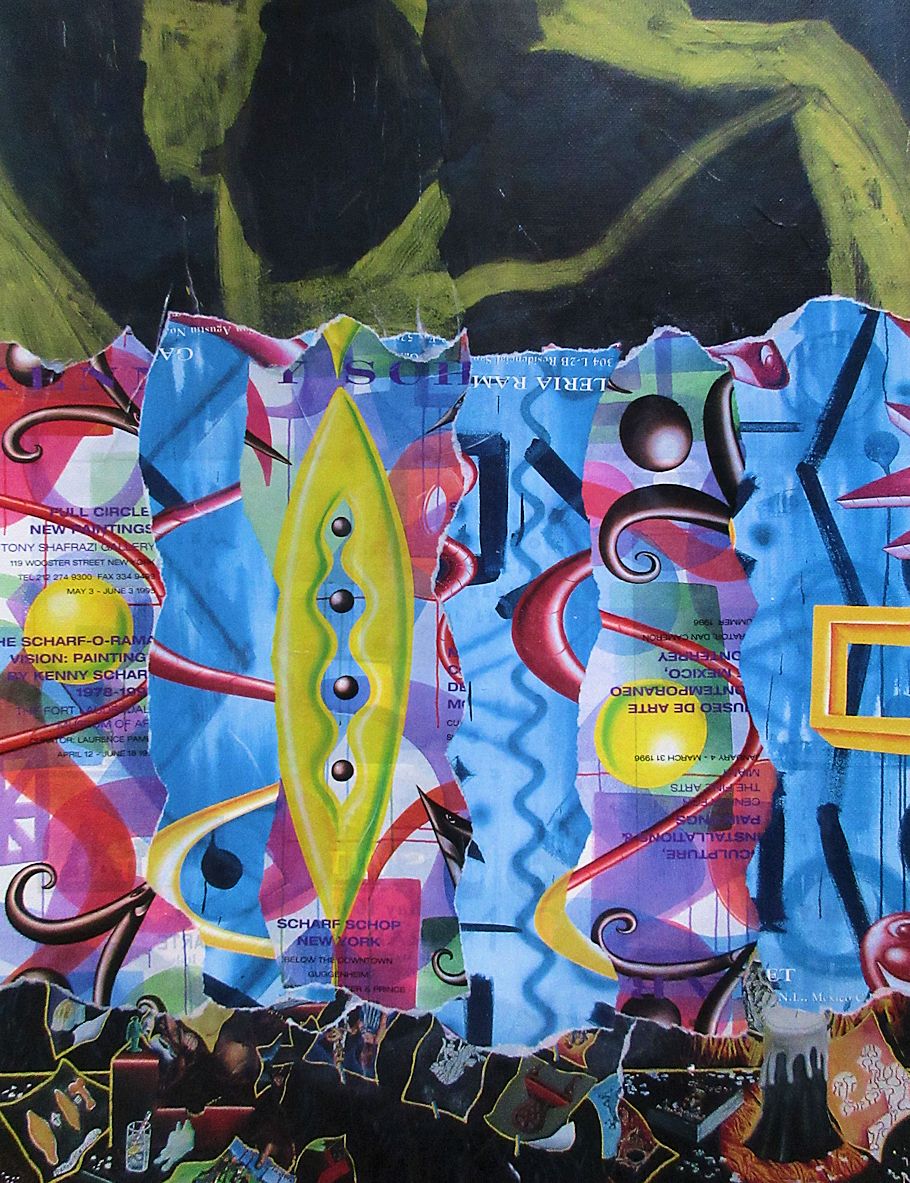
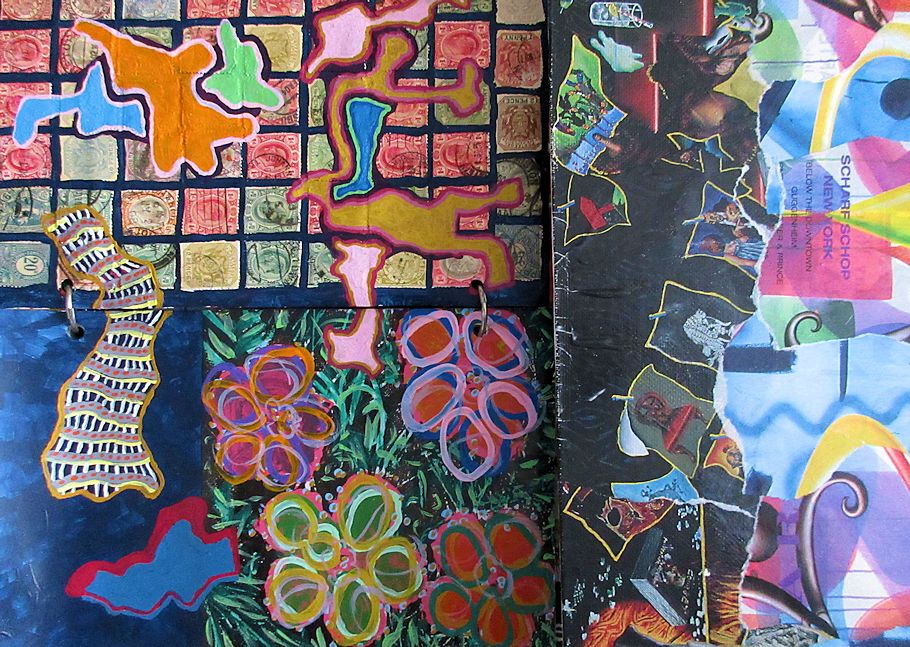
15 February 2023 Wednesday
Dimostrazione dell'Emissario del Lago di Fucino
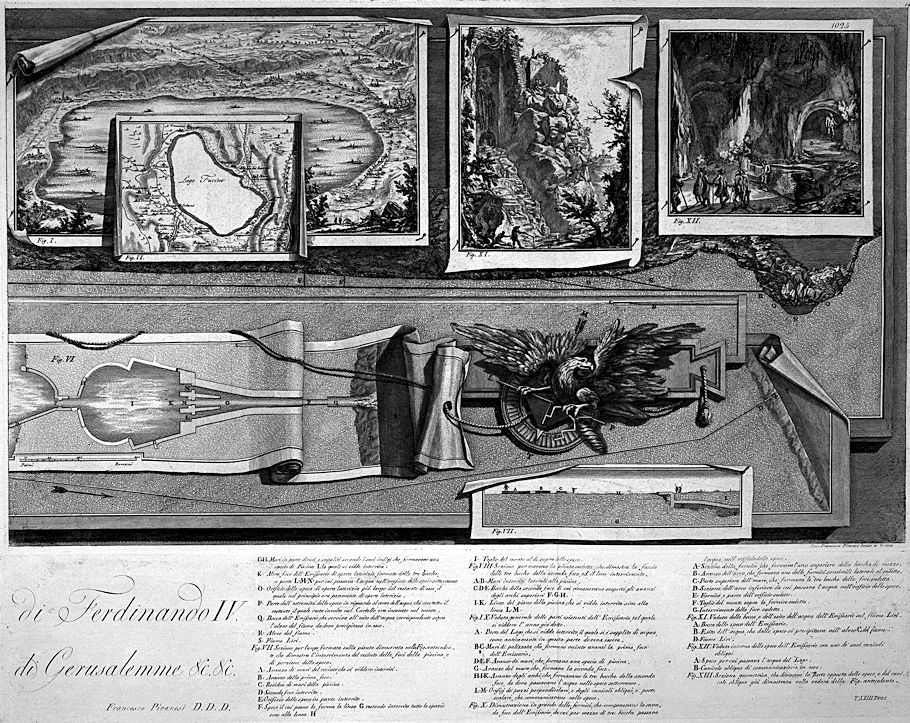
G.H. Partially ruined walls, and filled up according to his indications which formed a sort of Piscina
I. Which was seen filled with stone.
K. Another mouth of the Emissary made of brickwork formed by the three mouths, or
L.M.N. doors for which the water passed in the orifice of the underground tunnel.
O. Orifice of the tunnel of laterizia work wider than the rest of it, which in the beginning was likewise of laterizia work.
P. Part of the extremity of the cave in relation to the water course, which with all the rest which remains involved in the Cartel, was hollowed out in the mountain.
Q. Mouth of the Emissary, which served to discharge the corresponding water above the riverbed, from where it fell into it.
R. River bed.
S. Liri River.
Fig.VII Long section formed on the plan shown in the previous Fig. which demonstrates the silting of the enclosure of the mouths of the swimming pool, and of a portion of the tunnel.
A. Remainder of the walls of the enclosure, which were seen buried.
B. Surplus of the first mouth.
C. Residue of the pool walls.
D. Second silted up mouth.
E. Port of the speco partially filled in.
F. Speco, whose plane is formed by the line
G with all the space up to the line remaining covered
H I. Cut of the mountain above the cave.
Fig. VIII. Sezione per traverso la pianta sudetta, che dimostra la faccia delle tre bocche della seconda foce, ed il loro interrimento.
A.B. Muri interriti laterali alla piscina.
C.D.E. Bocche della seconda foce di cui rimanevano scoperti gli avanzi degli archi superiori
F.G.H.I.K. Linee del piano della piscina, che si vidde interrita sino alla linea L.M.
Fig.IX. General view of the existing parts of the Emissary, as they were seen in the year already mentioned.
A. Part of the lake, which was seen to be filled up with water, as it must have been in this part in ancient times.
B.C. Palisade walls, which form an enclosure in front of the first mouth of the Emissary.
D.E.F. Remainder of the walls, which form a kind of swimming pool.
G. Remainder of the wall, which formed the second mouth.
H.I.K. Leftover of the arches, which formed the three mouths of the second mouth, from where the water passed into the underground tunnel.
L.M. Orifics of perpendicular wells, and oblique tunnels, and scalar doors, which communicated in the cave.
Fig. X. Large-scale demonstration of the arches, which made up the second mouth of the Emissary, from which the water passed through three mouths into the orifice of the cave.
A. Section of the arch, which formed the upper arch of the middle mouth.
B. Leftover of the arch, which formed one of the lateral arches similar to the aforementioned.
C. Upper part of the wall, which formed the three mouths of the aforementioned mouth.
D. Section of the lower arch from which the water passed into the orifice of the hole.
E. Fornix, and part of the aforementioned orifice.
F. Cut of the mountain above the aforementioned arch.
G. Siltation of the aforementioned mouth.
Fig.XI. View of the mouth, and of the outcome of the water from the emissary on the Liri river.
A. Mouth of the outfall.
B. Outcome of the water, which rushed from the cave into the riverbed
C of the river.
D. River Liri.
Fig. XII: Internal view of the speco dell'Emissario with one of its oblique tunnels
A. Speco through which the water of the lake passed.
B. Oblique communication tunnel in it.
Fig XIII. Geometric section, which demonstrates the opposite side of the cave, and of the oblique tunnel already demonstrated in the view of the previous Fig.
Francesco Piranesi D.D.D. 1779
|